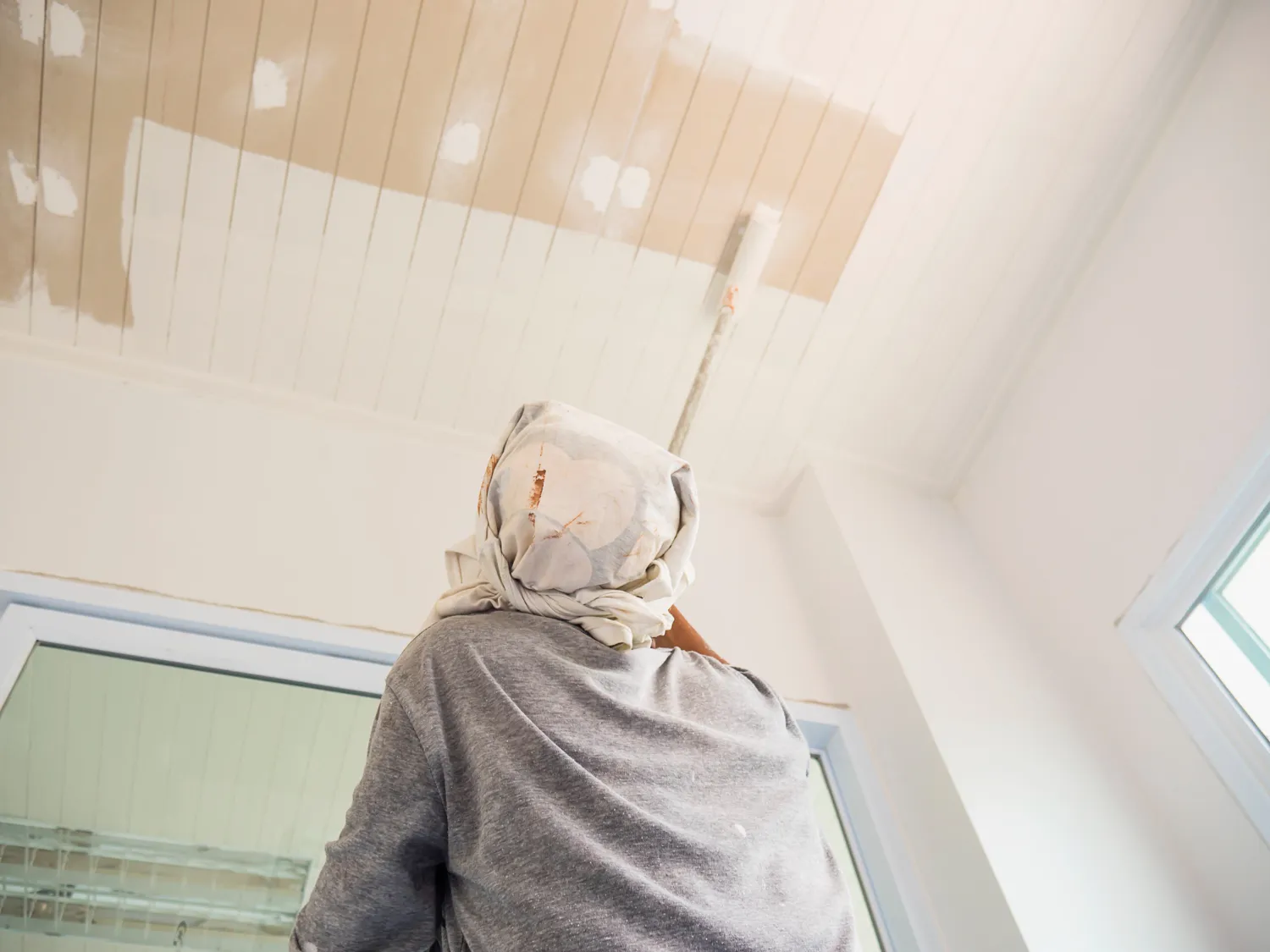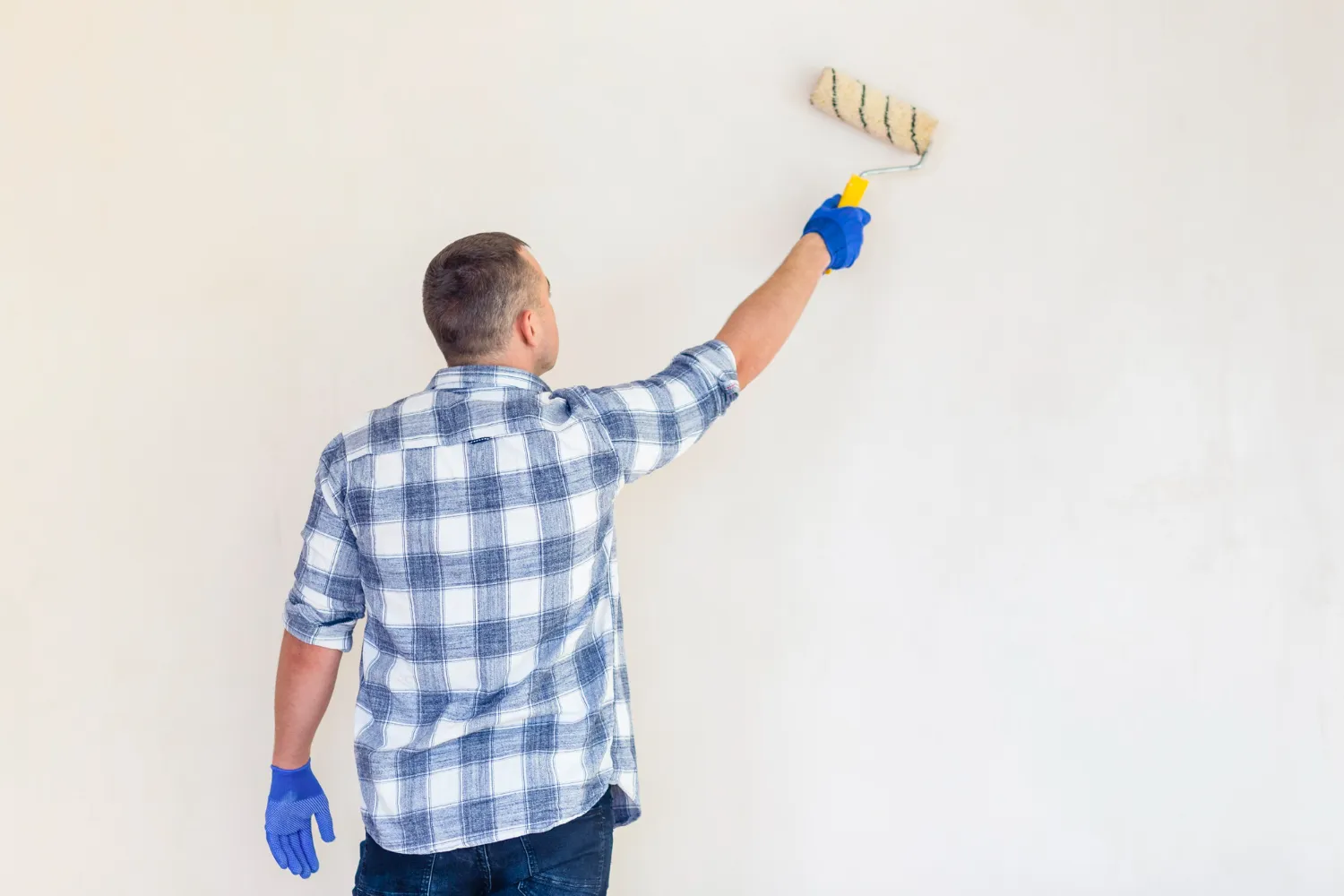Home renovation projects are a great way to increase the value of your property while also creating a more beautiful and functional living space. When it comes to home renovations, one often thinks of major overhauls such as kitchen remodels or bathroom updates. However, one simple and cost-effective way to add value to your home is through staining. Whether it’s staining your deck, floors, or cabinets, this method can transform the look of your home and increase its overall value. In this blog post, we will discuss the benefits of staining for home renovation and how it can enhance the appeal and value of your property.
Understanding the Value of Staining
Think about staining as more than just adding a splash of color to your wooden surfaces. It’s a technique that brings out the innate charm of the wood grain, showcasing the material’s unique patterns and textures. But the perks don’t stop at aesthetics. Stains also serve as a protective shield, warding off damaging UV rays, moisture, and the everyday wear and tear your wood structures encounter.
This means that not only does your wood look better, it lasts longer, too. By preventing premature aging and damage, staining could save you big bucks on replacement costs in the future. So, it’s not just about enhancing beauty; staining is also about ensuring longevity and durability for your wood, truly making it a value-adding aspect of home renovation.
Choosing the Right Stain for Your Project
Navigating the world of wood stains can be overwhelming, given the variety of choices available. Your choice of stain can dramatically affect the final outcome of your project, making it essential to make an informed decision. Here are key factors to consider:
Type of Stain:
Different types of stains (such as oil-based, water-based, gel, and varnish) offer unique characteristics. Oil-based stains penetrate deep into the wood, enhancing the grain with rich colors. Water-based stains dry quickly and clean up easily with soap and water, while gel stains are thick and provide a consistent color. Varnish stains combine stain and varnish in one product, offering both color and protection.
Color Selection:
Your choice of color should complement the natural tones of the wood and the overall aesthetic of your home. Lighter stains can highlight the wood’s natural grain, while darker hues can provide a dramatic, contemporary look.
Wood Type:
Different types of wood absorb stains differently. For instance, softwoods like pine and fir can become blotchy when stained, while hardwoods like oak and cherry absorb stain more evenly. It’s essential to match your stain choice to your wood type for optimal results.
End Use:
Consider where the stained item will be located. Outdoor items require stains with additional protective properties against UV rays and moisture, while indoor items can benefit from a broader range of aesthetic-focused stains. Remember, the right stain choice can be the difference between a good renovation project and a great one.
The Power of Preparation in Staining
Your staining adventure begins with the important task of prepping your wood surfaces. This isn’t a step to be skipped or rushed—it’s the foundation of your entire project! Start by thoroughly cleaning your wood to rid it of dust, grime, or old paint that might interfere with your stain. Next, it’s sanding time. This step smooths your wood, creating the perfect canvas for your stain to adhere to.

The last prep step is often the most overlooked, yet it’s a real game-changer—applying a pre-stain conditioner. This magic potion allows for an even distribution of stain, avoiding a patchy or uneven appearance. The secret to a stunning, professional-looking stain job lies in the power of preparation. Your future self, admiring a beautifully stained surface, will thank you for the time and effort you put into this crucial stage.
Proper Stain Application Techniques
When it comes to applying stain, your technique can make all the difference in the final outcome. Here are some tips to ensure your staining process goes smoothly:
Test Your Stain:
Before you start staining your main project, always apply your chosen stain to a scrap piece of the same wood type. This will give you a preview of the finished look and allow you to adjust your color choice if necessary.
Go with the Grain:
When applying the stain, always follow the direction of the wood grain. This ensures that the stain is absorbed evenly and avoids leaving streaks or patches.
Use a High-Quality Brush:
The tool you use to apply the stain matters. A good-quality brush can help to evenly distribute the stain and reach into the wood’s grain more effectively. Avoid low-quality brushes that might leave bristles behind in the stain.
Thin Coats are Key:
It’s better to apply several thin coats of stain rather than one thick one. This allows for a more even color and lets you control the darkness of the stain. After each coat, wait for the stain to dry before applying the next.
Wipe Off Excess Stain:
After you’ve applied the stain and given it some time to penetrate, use a clean, dry cloth to wipe off any excess stain that hasn’t been absorbed. This will prevent the stain from becoming sticky and give your wood a clean, professional finish.
Maintaining Your Stained Surfaces
Once your wood surfaces are beautifully stained and sealed, the focus shifts to maintenance. Proper upkeep ensures that the shine and protective qualities of the stain endure, adding to your home’s aesthetic appeal and durability for years to come. Here’s how you can keep your stained surfaces in tip-top shape:

Regular Cleaning:
Dust and grime can accumulate on your stained surfaces over time, dulling their shine. Wipe these surfaces with a soft, dry cloth regularly to keep them clean and dust-free. For deeper cleaning, use mild soap and warm water, ensuring the surfaces are dried thoroughly afterwards to prevent water damage.
Damage Inspection:
Check your stained surfaces periodically for signs of wear and tear. Scratches or chips can allow moisture to penetrate, which can lead to damage. Prompt repair of these minor damages can prevent more significant issues down the line.
Reapplication of Sealant:
Over time, the protective sealant on your stained surfaces can wear off, making them more vulnerable to damage. Depending on the use and exposure of the surface, consider reapplying a sealant every couple of years to maintain the protective layer.
UV Protection:
Prolonged exposure to sunlight can cause discoloration and damage to your stained surfaces, especially those outdoors. Consider using UV-protective sealants or installing shades to protect your outdoor stained wood from harsh sunlight.
The Impact of Staining on Property Value
Staining your home is a strategic move that goes beyond the immediate aesthetic enhancement. It’s an investment that can elevate your property’s market value. When potential buyers visit, a beautifully stained home radiates an aura of meticulous upkeep, care and quality. From polished stained floors to a chic stained deck, each aspect plays into creating a compelling first impression, often influencing buyer’s decision-making.
It is this increased desirability that can tip the scale in your favor in a competitive housing market, possibly boosting your home’s resale value. So, don’t underestimate the financial implications of a well-executed staining project. In the grand scheme of home renovations, staining stands out as a cost-effective method to add substantial value to your property.
Staining for Long-Term Durability
Staining isn’t just about achieving an appealing finish; it plays a critical role in fortifying the lifespan of your wooden structures. It acts as a resilient shield that tackles decay, deflects moisture, and wards off damaging UV rays. These qualities mean that your stain isn’t just a one-off expense—it’s an investment in the long-term vitality of your woodwork.

The protective properties of stains go to work every day, maintaining the integrity of your surfaces against the onslaught of external elements. This resilience translates to fewer repairs and replacements, thus saving you money in the long haul. So, beyond just the surface aesthetics, remember the unsung hero role staining plays in safeguarding your property, ensuring a lasting return on your investment.
Conclusion
In summary, staining is an underappreciated aspect of home renovation that can significantly enhance both the aesthetics and durability of your wooden structures. From decks to floors and cabinets, well-maintained and professionally stained surfaces can add substantial value to your home, impressing potential buyers and ensuring longevity.
Remember, staining isn’t just a cosmetic enhancement—it’s an investment in the vitality of your woodwork. If you’re considering a home renovation project and want to maximize the value of your property, don’t overlook the benefits of staining. To learn more about how our professional staining services can transform your home, don’t hesitate to contact us.

